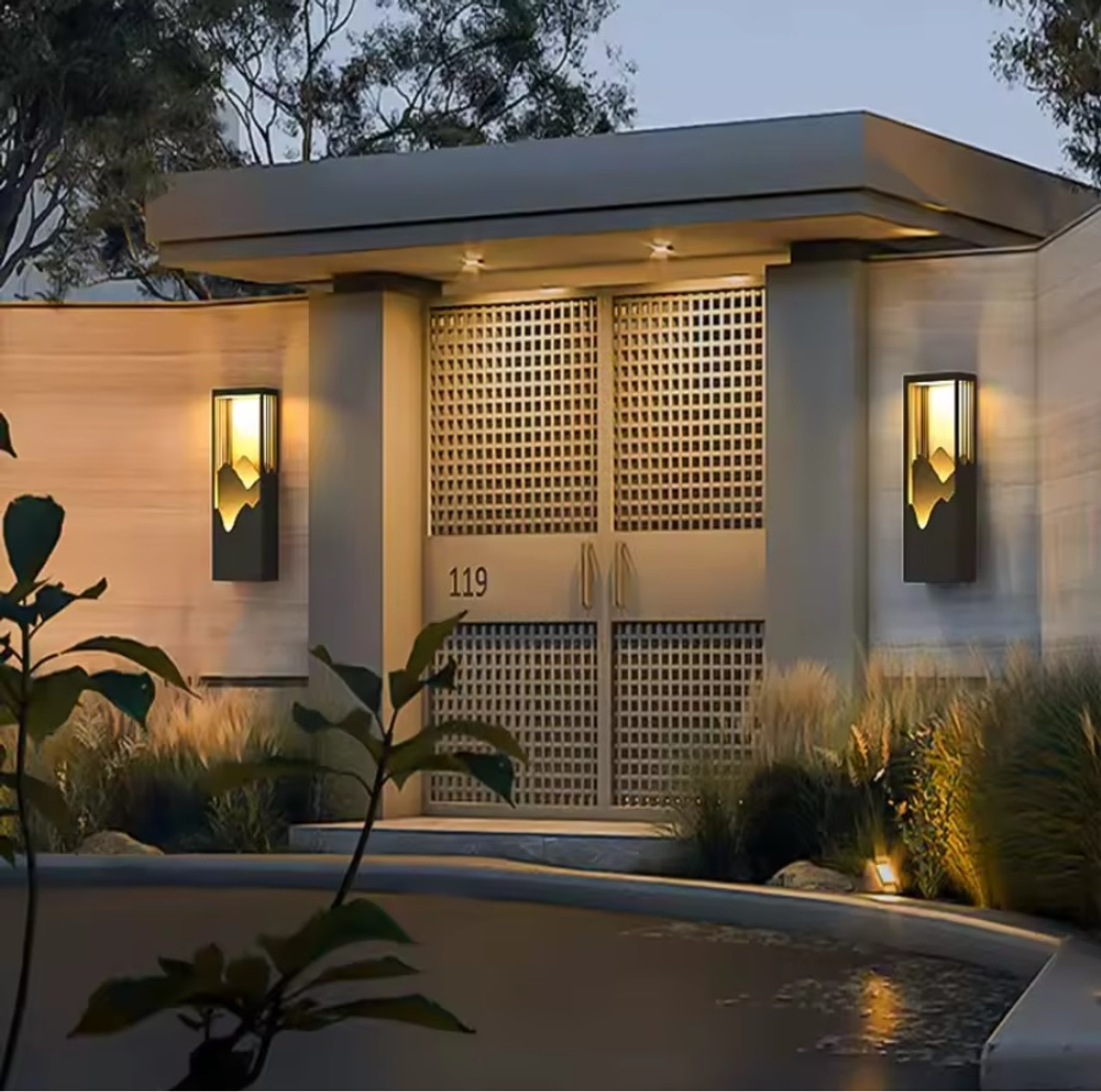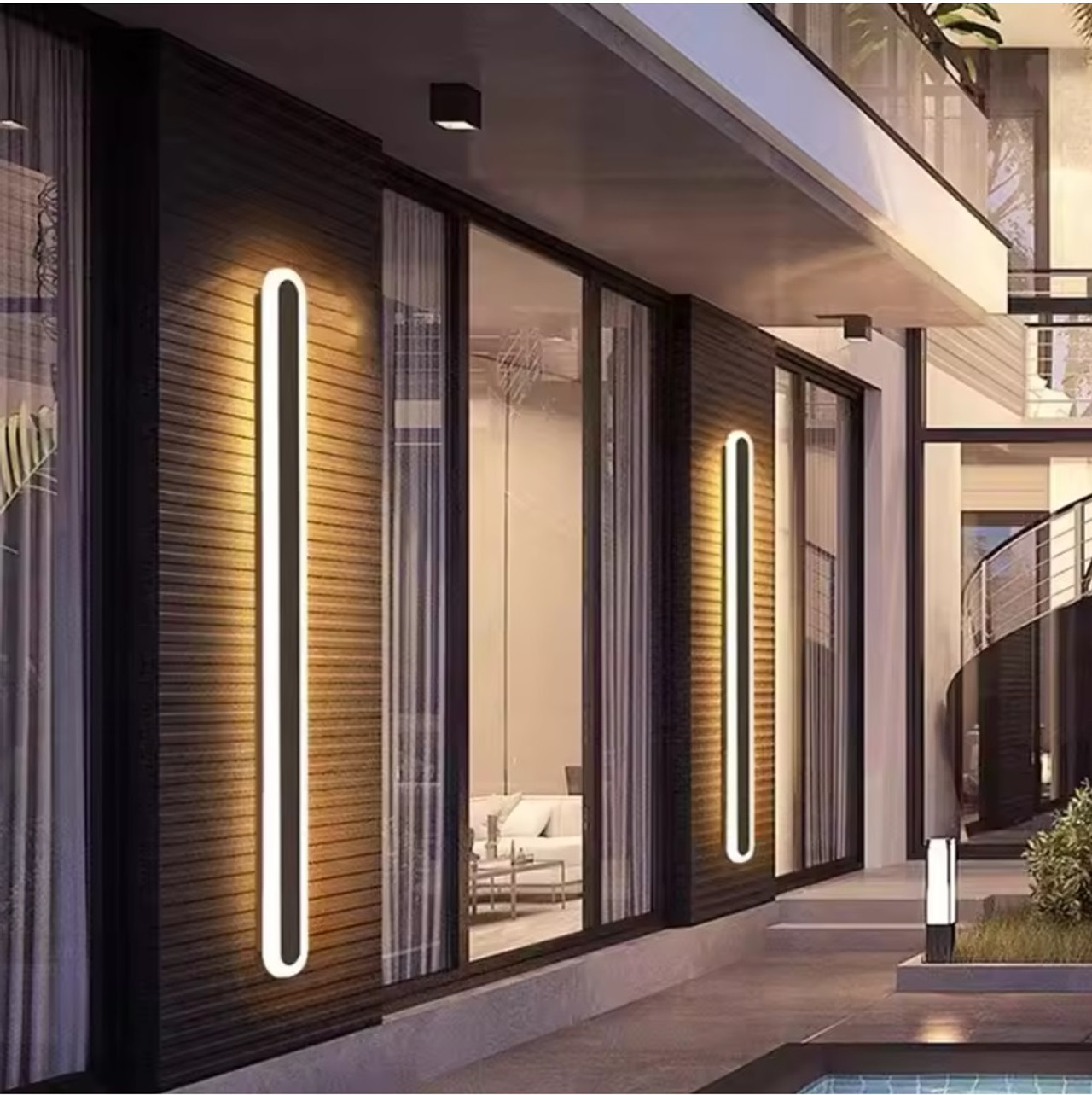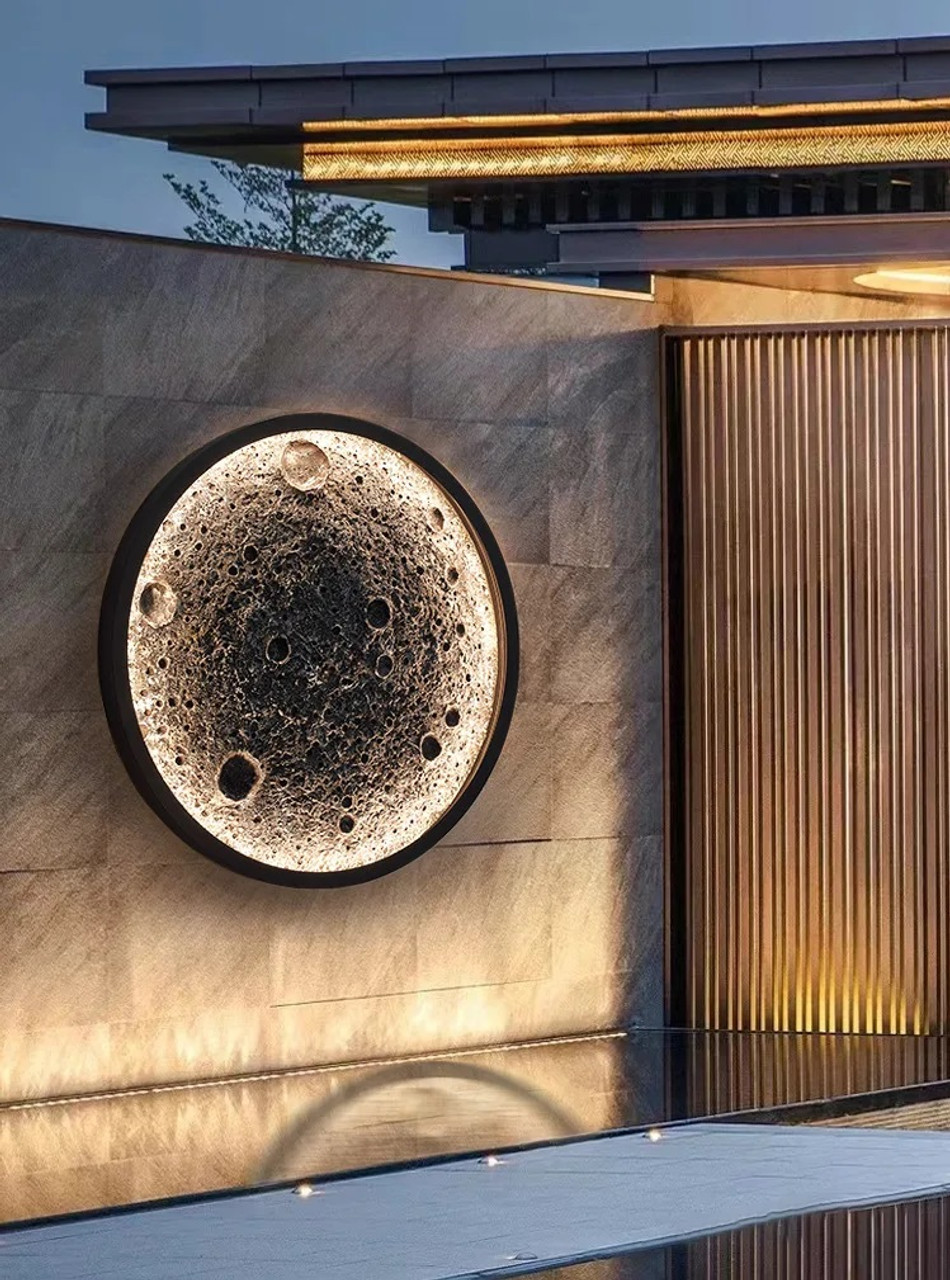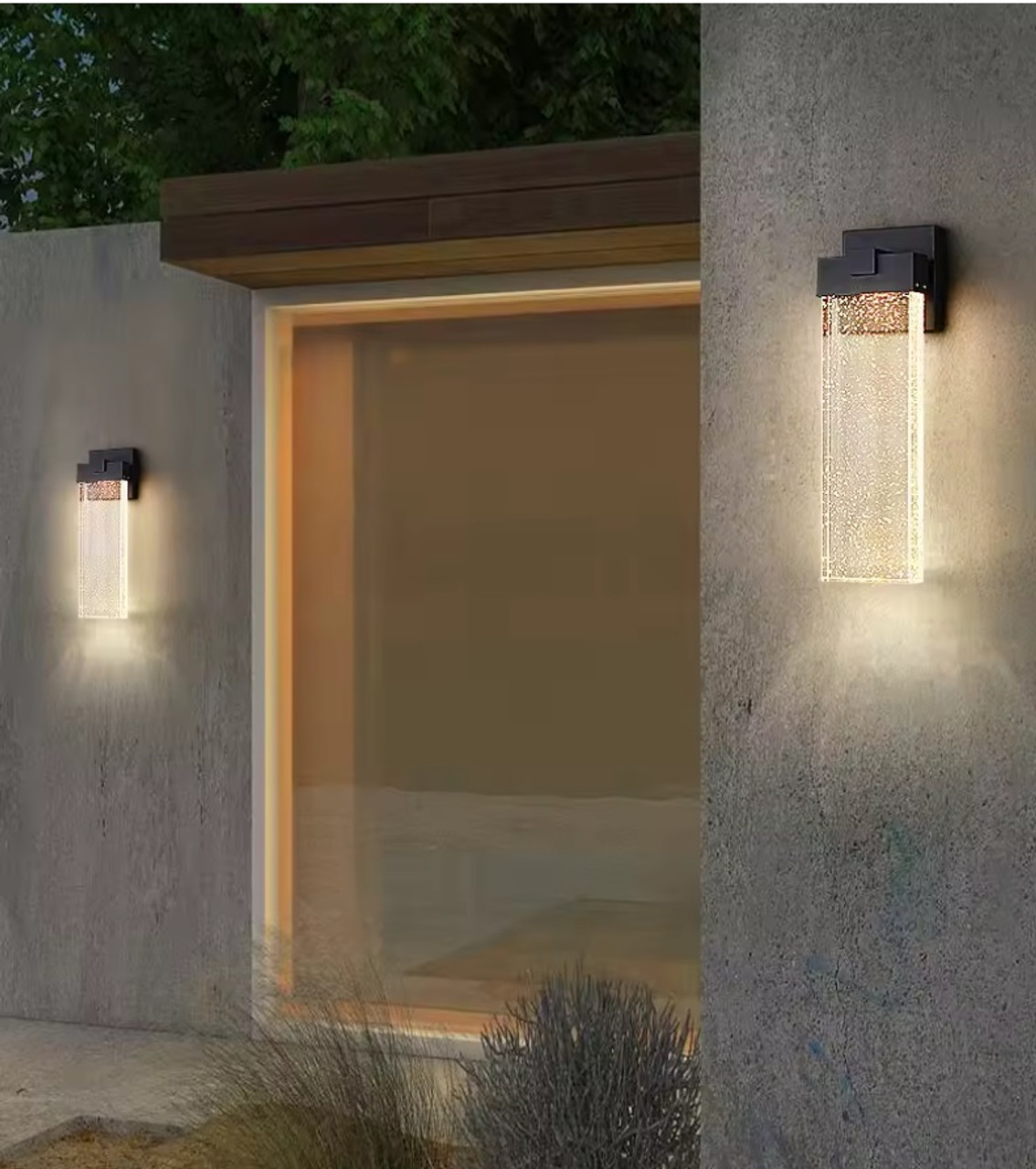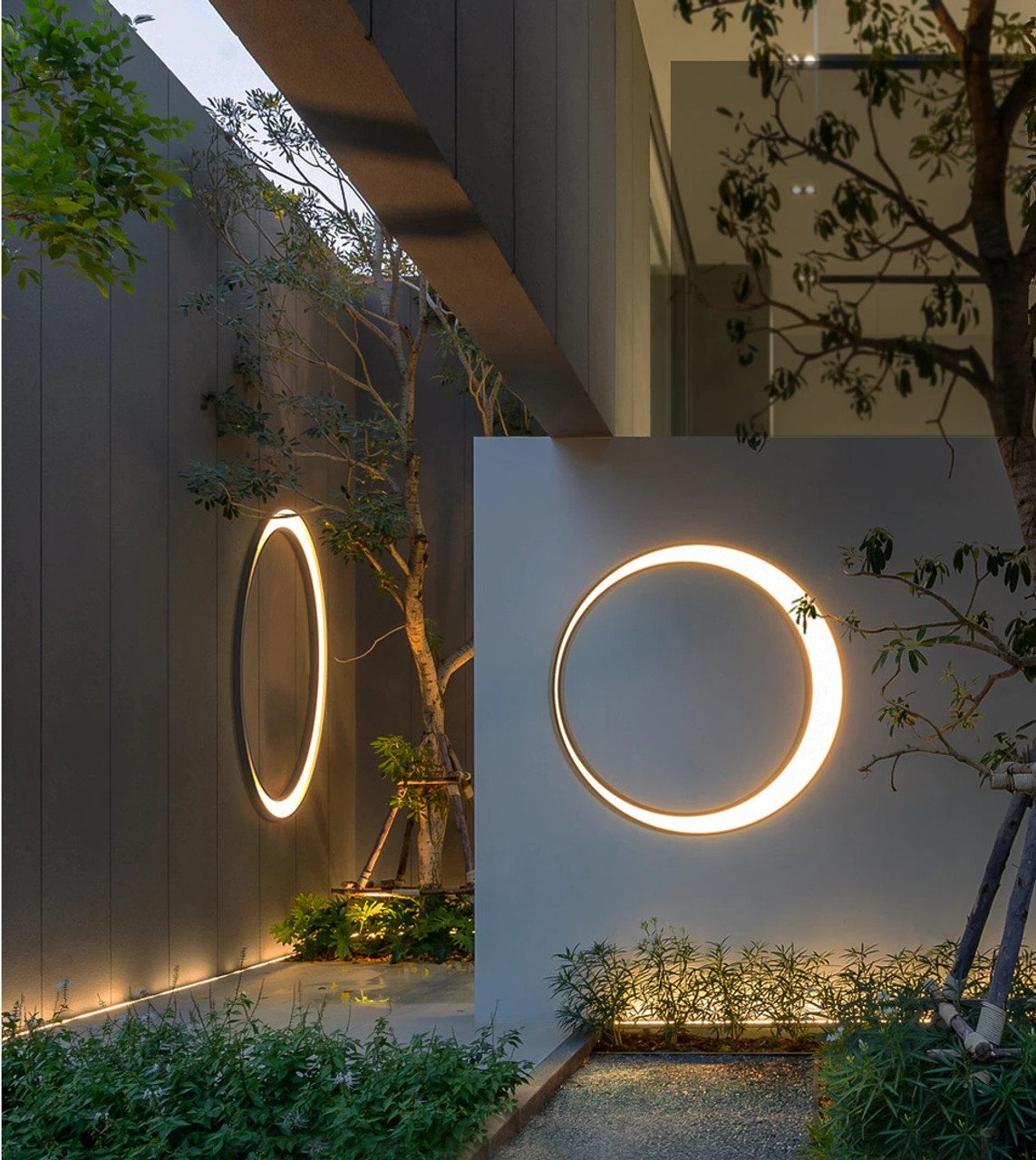6 Impacts of Residential Architecture on Health
Jul 26, 2024
Six Impacts of Residential Architecture on Health: An Analytical Perspective
In the contemporary landscape of residential architecture, the quest for spaces that nurture both the body and soul is gaining unprecedented momentum. As we navigate through an era where the importance of wellness and the comfort of indoor environments are paramount, the influence of architectural elements on our health is a topic of critical interest. This reimagined article delves into the pivotal role of architectural design in enhancing our living spaces, emphasizing the intersection of aesthetics, functionality, and well-being.
Rina architectural lighting design lamps
The Essence of Architectural Well-being
Architectural
design transcends mere visual appeal, deeply impacting our physical,
emotional, and cognitive health. The integration of design principles
that cater to our well-being is not a luxury but a necessity, shaping
environments that promote vitality and happiness. Through a blend of
innovation and tradition, architects and homeowners alike have the power
to forge spaces that are not only beautiful but also conducive to a
healthier lifestyle.
1. Enlightening Spaces with Natural Light
The
transformative power of natural light in architectural spaces is
unparalleled. Its significance extends beyond illumination, influencing
our circadian rhythms and, by extension, our overall well-being. Dr.
Andrew Huberman, a renowned neuroscientist, frequently highlights the
vital role of sunlight in enhancing mental and physical health.
Architects like Le Corbusier have mastered the art of harnessing natural
light, using it to sculpt spaces that are dynamic and harmonious. By
strategically positioning windows, skylights, and reflective surfaces,
we can invite the sun’s warmth and vitality into our homes, creating
environments where comfort and productivity flourish.
Home Enhancement Tip:
Utilize
mirrors to amplify natural light within your home. Positioned opposite
or adjacent to windows, mirrors can dramatically increase the brightness
and perceived size of a room, fostering an atmosphere of openness and
energy.
Niro architectural lighting designer lamps
2. Ventilating for Vitality
Air
quality is a cornerstone of a healthy indoor environment, with optimal
ventilation playing a crucial role in maintaining freshness and
preventing the buildup of pollutants. Historical figures like Frank
Lloyd Wright ingeniously incorporated natural ventilation in their
designs, demonstrating the timeless value of fresh air circulation.
Modern architectural practices utilize both passive and advanced
techniques, including computational simulations, to optimize airflow,
ensuring that indoor environments remain vibrant and healthful.
Home Enhancement Tip:
Regularly
ventilate your living spaces by opening windows and doors to facilitate
the exchange of indoor and outdoor air. This simple practice can enrich
microbial diversity indoors, potentially bolstering the immune system.
Juna architect design lighting lamps
3. Biophilic Design: A Natural Harmony
The
principles of biophilic design remind us of our intrinsic connection to
nature, advocating for the integration of natural elements within our
built environments. From living walls that purify the air to indoor
gardens that soothe the soul, biophilic design offers a pathway to
wellness that resonates with our primal affinity for the natural world.
The Amazon Spheres serve as a prime example, creating a workspace that
is not just productive but also profoundly connected to nature.
Home Enhancement Tip:
Embrace
the simplicity and diversity of indoor plants to introduce nature’s
tranquility into your home. Whether you’re a seasoned gardener or a
novice, the addition of greenery can transform your living space into a
sanctuary of calm and rejuvenation.
Ari architecture and light lamps
4. Crafting Functional and Accessible Spaces
A
well-thought-out layout is fundamental to creating spaces that are both
beautiful and livable. Emphasizing functionality and accessibility,
architects design homes that accommodate the diverse needs of their
inhabitants. From spacious doorways to adaptable living areas, the goal
is to foster environments that are inclusive, efficient, and adaptable
to life’s changing dynamics. This approach not only enhances daily
living but also encourages social interaction and community within our
homes.
Home Enhancement Tip:
Reevaluate
your home’s layout for opportunities to improve functionality and
foster social connections. Flexible seating arrangements and communal
areas can transform your living space into a hub of creativity and
camaraderie.
Polaris us architectural lighting lamps
5. Integrating Wellness into Every Corner
The
concept of wellness spaces within homes is evolving, reflecting a
holistic approach to health that encompasses physical, mental, and
emotional aspects. Design elements that support wellness, such as
spa-like bathrooms, meditation corners, and ergonomic kitchens, are
becoming integral to modern homes. These spaces encourage us to pause,
reflect, and engage in practices that nourish our well-being.
Home Enhancement Tip:
Designate
areas in your home for relaxation and wellness activities. Whether it’s
a quiet corner for yoga or a kitchen layout that promotes healthy
eating, small changes can have a significant impact on your lifestyle.
6. Conscious Material Choices for Healthier Environments
The
selection of materials in architectural design is a critical
consideration for both environmental sustainability and personal health.
Innovations in material science offer alternatives that are both
eco-friendly and conducive to healthier living spaces. From low-VOC
paints to natural flooring options, the conscious choice of materials
can greatly reduce exposure to harmful substances, ensuring a safer and
more sustainable home environment.
Home Enhancement Tip:
Opt
for materials that are free from harmful chemicals and low in volatile
organic compounds (VOCs). Consider porcelain tiles for areas that demand
durability and hygiene, as they offer a safe and aesthetically pleasing
solution for floors and surfaces.
Conclusion
The
intersection of architecture and wellness is a dynamic field that
continues to evolve, driven by a collective aspiration for healthier
living environments. By embracing principles that prioritize natural
light, air quality, biophilic design, functional layouts, wellness
integration, and conscious material selection, we can transform our
homes into havens of health and happiness. As we continue to explore the
profound connection between our built environments and our well-being,
the future of architectural design holds the promise of spaces that are
not only beautiful but also deeply nurturing to our holistic health.
Why should you consider the Impacts of Residential Architecture on Health?
Considering the impacts of residential architecture on health is essential for several compelling reasons. Our living environments play a crucial role in shaping our daily experiences, influencing not only our physical comfort but also our mental and emotional well-being. Here are some of the key reasons why the impact of residential architecture on health should be a primary consideration:
1. Promotes Physical Health
Residential architecture directly impacts physical health through aspects such as air quality, natural lighting, and noise levels. Well-designed spaces with optimal ventilation can reduce the risk of respiratory diseases by ensuring a continuous supply of fresh air and reducing pollutants and allergens. Natural light has been shown to regulate Vitamin D production, improve sleep, and enhance mood. Moreover, architectural designs that incorporate noise reduction techniques contribute to a more restful and stress-free living environment.
2. Enhances Mental and Emotional Well-being
The psychological effects of architecture are profound. Spaces that are cluttered, poorly lit, or visually unappealing can contribute to stress, anxiety, and feelings of depression. In contrast, homes designed with ample natural light, open spaces, and elements that foster a connection with nature (biophilic design) can elevate mood, increase productivity, and improve overall mental health. Residential architecture that prioritizes well-being can serve as a sanctuary, offering residents a sense of peace and tranquility in their daily lives.
3. Supports Healthy Lifestyles
The design of residential spaces can either encourage or hinder healthy lifestyle choices. For instance, kitchens that are designed to be functional and appealing can motivate homeowners to prepare nutritious meals. Spaces dedicated to physical activity, such as home gyms or outdoor gardens, encourage regular exercise. Even the layout of a neighborhood can influence physical activity levels, with features like sidewalks, parks, and proximity to amenities encouraging walking and outdoor play.
4. Adapts to Changing Needs
A well-considered architectural design takes into account the evolving needs of its inhabitants. This includes designing for different life stages and potential mobility issues, ensuring that homes remain safe, comfortable, and accessible over time. Features such as wider doorways, no-step entries, and flexible living spaces can accommodate the needs of young families, aging residents, and individuals with disabilities, promoting independence and quality of life for everyone.
5. Fosters Social Connections
The configuration of living spaces can greatly influence social interactions. Open floor plans and communal areas facilitate gatherings and strengthen bonds among family members and friends. On a larger scale, the design of residential buildings and neighborhoods can promote a sense of community and belonging, providing opportunities for social engagement and support networks that are vital for mental health and resilience.
6. Contributes to Environmental Sustainability
The principles of sustainable architecture not only benefit the planet but also have a positive impact on the health of the occupants. Materials and systems that reduce energy consumption, minimize waste, and lower carbon footprints can also create healthier living environments. For example, the use of non-toxic, sustainable materials improves indoor air quality, while energy-efficient designs can make homes more comfortable and reduce exposure to harmful pollutants.
Conclusion
The impact of residential architecture on health is multi-faceted, influencing our well-being in profound and lasting ways. By prioritizing health in architectural design, we can create homes that nurture the body, mind, and spirit, support sustainable living, and enhance the quality of life for individuals and communities alike. As awareness of these benefits grows, the importance of integrating health-focused principles into residential architecture will continue to gain recognition as a vital component of holistic well-being.


